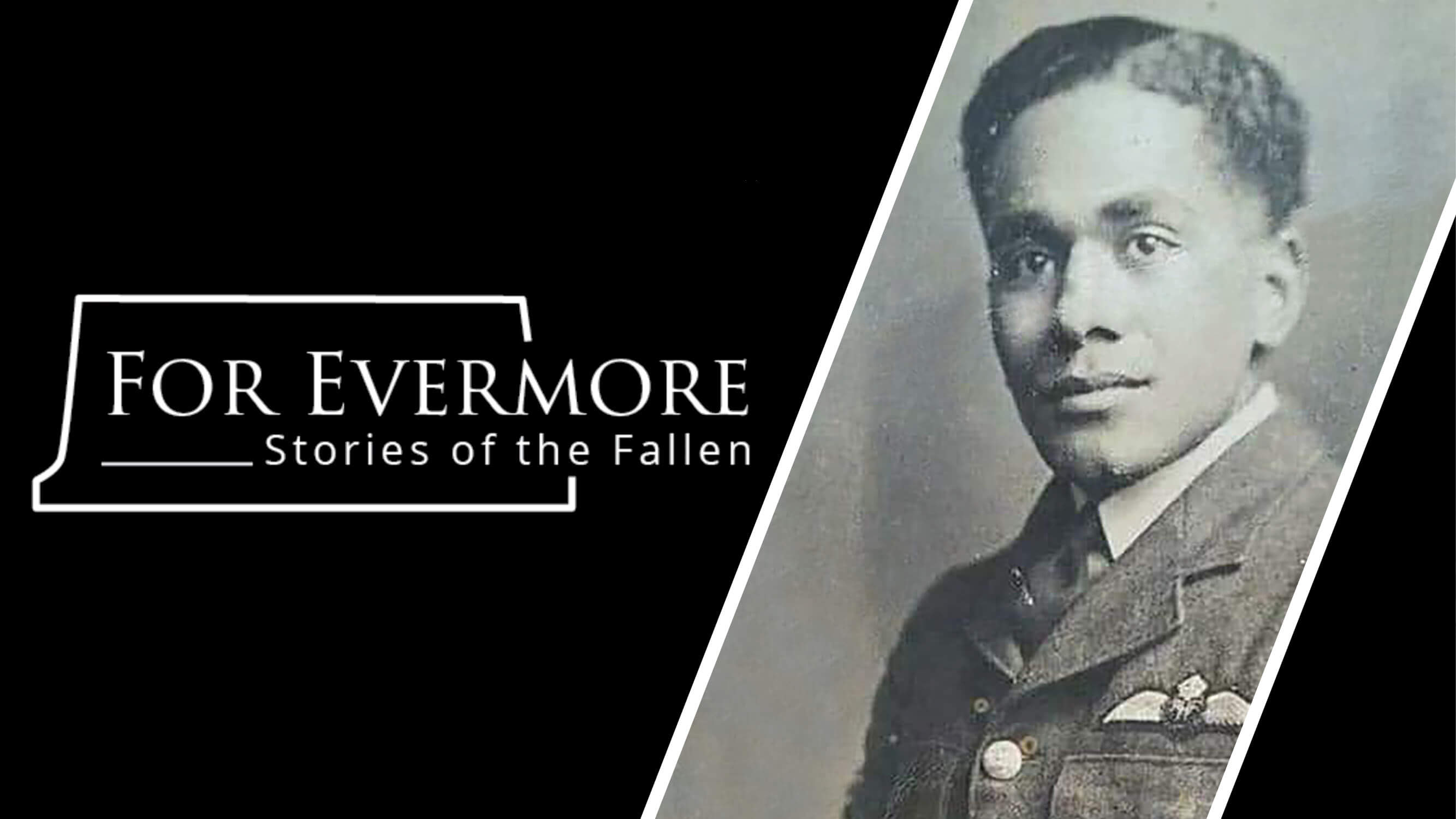25 April 2024
We Tell Their Stories: Tales of the ANZACS
On ANZAC Day, we share more stories of Australasian personnel who lost their lives in the World Wars. Will you help us keep their memories alive?
We Tell Their Stories
The ANZACs

Image: A post-Gallipoli propaganda poster praising the ANZACs (public domain)
The ANZACs were originally the soldiers of the Australian and New Zealand Army Corps but the term has since become a catch-all for servicemen from these
nations that served in the World Wars.
The legend of the ANZACs began at Gallipoli. The ill-fated campaign in the Dardanelles saw Australians and New Zealanders fight on their own two feet, stirring feelings of nationalism and patriotism amongst the soldiers.
Gallipoli was a bloody affair for all involved, but particularly the ANZACs.
With much smaller populations than France or the UK, Australia and New Zealand suffered heavy casualties relative to their size on the Gallipolean sands. Over 10,000 ANZACs were killed.
From Gallipoli, the original Australian and New Zealand Army Corps was reorganised as ANZAC soldiers fought on other fronts of the Great War.
During the Second World War, ANZACs fought once more on land, air, and sea, serving in campaigns as far afield as North Africa, the Pacific, and Italy to name a few.
ANZAC commemoration by Commonwealth War Graves

Image: Caterpillar Valley Cemetery and Caterpillar Valley (New Zealand) Cemetery.
Commonwealth War Graves commemorate all fallen ANZAC service men and women of the First and Second World Wars.
This includes personnel of Aboriginal, Māori, Torres Strait, and Pacific Island personnel, as well as those of European descent.
Collectively, there are just over 130,000 Australian and New Zealand casualties commemorated by Commonwealth War Graves cemeteries and memorials.
At memorials like Villers-Bretonneux and Lone Pine, and in cemeteries like Caterpillar Valley, and hundreds more worldwide, the war dead of Australia and New Zealand are commemorated.
ANZAC servicemen’s stories
Here, we share some of the stories of ANZAC personnel that fell during the World Wars. If you would like to help us keep their memories alive to preserve them for future generations, please make a donation today.
Squadron Leader James Catanach
 Image: Flight Sergeant James Catanach
Image: Flight Sergeant James Catanach
Born in Melbourne, Australia, James Catanach worked as a jewellery salesman before joining the Royal Australian Air Force (RAAF) in 1940.
After training in Australia, James flew several combat missions with the RAF. He was later assigned to the RAAF unit No.455 Squadron.
Aged just 20, James was promoted to No. 455 Squadron’s Squadron Leader in 1942, making him one of the youngest to hold such a rank in RAAF history.
At this time, No. 455 Squadron was based in the Shetland Islands. Flying out of RAF Sumburgh, they were tasked with convoy escort missions on the dangerous Arctic route to Russia.
In early September, James was shot down while providing cover for a convoy en route to Vaenja in Northern Russia. Luckily he managed to crash land on the Norwegian coast and rescued his crew from the freezing Arctic water. Unluckily, they were quickly captured by German soldiers.
James was sent to Stalag Luft III: a German prison camp for Allied airmen but best known as the site of the Great Escape.
James was one of the over 75 escapees in the largest Allied prison breakout of the war. James had spent his time carefully learning Norwegian and intended to head for Sweden with a group of fellow POWs.
Surviving changing trains in Berlin, James and his comrades were arrested near the Danish border by German police.
On 29 March 1944, James was murdered by the Gestapo. He is today buried in Poznan Old Garrison Cemetery with 50 fellow Great Escapees.

Introducing For Evermore: Stories of the Fallen - the exciting new way to read and share stories of the Commonwealth's war dead. Got a story to share? Upload it and preserve their memory for generations to come.
Share and read storiesPrivate George Harold Fowler
 Image: Private George Harold Fowler (IWM)
Image: Private George Harold Fowler (IWM)
Private George Harold Fowler was just 22 years old when he was killed in September 1918.
George is buried at Bellincourt British Cemetery, his headstone inscription, chosen by his young widow Gladys, reads: “Responsive to his country’s call, he gave his life, his best, his all.”
It’s a simple inscription but one that nonetheless perfectly sums up George’s service.
Beroge was born in Coburg, Melbourne. At the age of 20, George, then a carpenter, volunteered with the Australian Imperial Force in May 1916. He married Gladys around this time too, and in early 1917 she gave birth to their daughter.
George’s military service began during one of the First World Wars most infamous battles: Passchendaele.
As a stretcher-bearer, George’s task was a tough, arduous one. The terrain at Passchendaele had become a boggy quagmire. Shellholes were filled with rainwater while thick mud clogged the battlefield.
George served at the Battles of the Menin Road and Polygon Wood. He was wounded in the latter, leading to a period of recovery in hospital.
He rejoined his battalion in March 1918 in time for the Battle of Villers-Bretonneux. Here, the Australians held up the German Army’s advance towards Amiens, helping halt its sweeping Spring Offensive.
At Villers-Bretonneux, George was awarded the Military Medal for his conduct, continually attending the wounded throughout the battle under heavy sniper and artillery fire.
In July 1918, George was transferred to the 59th Battalion, Australia Infantry and in September his new battalion went into action during the Battle of the St Quentin Canal, where George was sadly killed.
Serjeant David Forrester Brown VC
 Image: Serjeant David Forrester Brown (public domain)
Image: Serjeant David Forrester Brown (public domain)
David Forrester Brown was the first New Zealand recipient of a Victoria Cross on the Western Front.
David’s story starts in Dunedin, New Zealand where he was born one of ten children to Robert and Jessie Brown on 23 February 1890.
David took up farming after completing school. He continued until selling his farm in October 1915 and enlisting with the New Zealand Expeditionary Force (NZEF)
Following basic training, David travelled to Egypt with the NZEF. Now a corporal, he was assigned to the 2nd Otago Battalion, New Zealand Division.
From Egypt, the 2nd Otago Battalion was sent to the Western Front where it fought in the Battle of the Somme.
The Kiwis arrived in August 1916 and by September, the Otagos were in action at the Battle of Flers-Courcelette. Of David’s company of 180 men, 123 were lost, killed, captured, missing, or wounded, on the first day of Battle of Flers-Courcelette.
It was here that David performed the actions that saw him awarded the Victoria Cross for valor.
His medal citation gives the following details:
“For most conspicuous bravery and determination in attack when the company to which he belonged suffered very heavy casualties in officers and men from machine gun fire.
“At great personal risk this N.C.O. advanced with a comrade and succeeded in reaching a point within thirty yards of the enemy guns. Four of the gun crew were killed and the gun captured.
“The advance of the company was continued till it was again held up by machine gun fire. Again Sjt. Brown and his comrade with great gallantry rushed the gun and killed the crew.
“After this second position had been won, the company came under very heavy shell fire, and the utter contempt for danger and coolness under fire of this N.C.O. did much to keep up the spirit of his men.
“On a subsequent occasion in attack, Sjt Brown showed most conspicuous gallantry. He attacked singlehanded a machine gun which was holding up the attack, killed the gun crew, and captured the gun. Later, whilst sniping the retreating enemy, this very gallant soldier was killed.”
Following rest and recuperation, David and the 2nd Battalion were back at the front by 28 September 1916.
The unit was then tasked with clearing out a section of German trenches near Eaucourt L’Abbayae during the Battle of Le Transloy.
The fighting began on October 1st. It was during this battle that David was killed but performed the actions that posthumously earned him the Victoria Cross.
David’s Victoria Cross was the second to be awarded to a New Zealand soldier in the First World War. It was also the first awarded to a Kiwi serving on the Western Front.
David is buried at Warlencourt British Cemetery, France.
Help us keep telling the stories of the Commonwealth’s war dead
Keeping the memories of our war dead alive and spreading our shared is history is at the core of what we do at the Commonwealth War Graves Foundation.
Why not become a CWGF member? For just £36 a year, you can help us tell their stories while enjoying some big benefits.
Thank you for everyone here at the Commonwealth War Graves Foundation.


